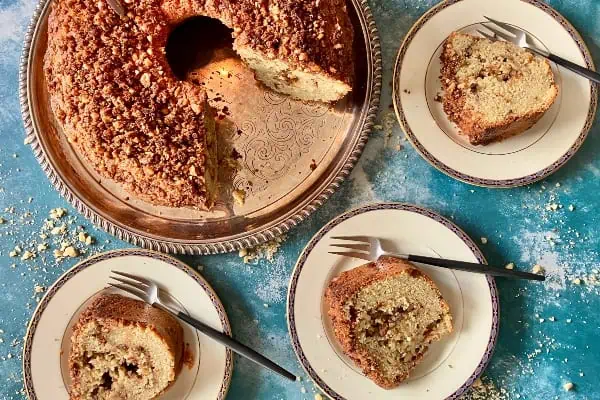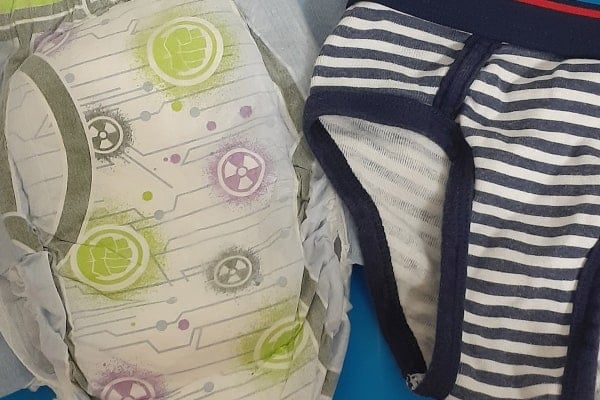Recent reports indicate that populations of northern boreal forest birds are doing better here than in other parts of Canada. Local biologist Katie Aitken says it’s mainly due to Yukon‘s relatively pristine natural environment.
“While research has been limited, there are indications Yukon birds are somewhat protected from the declines underway in other parts of North America,” Aitken says.
However, several species of birds are listed as threatened. They include bank and barn swallows, a pretty bird called the Canada warbler, the common nighthawk and olive-sided flycatcher.
Some shorebirds are also in decline.
Why?
Climate change is having a big impact on habitat and food selection. Permafrost is melting, and wetlands are changing. Protecting wetlands — especially spring staging areas — can help. Swan Haven, for example, provides a vital resting place for birds on their long migrations. Aitken says disturbing habitat through roads and destruction of forests can also cause their numbers to drop.
The latest Environment Canada conservation strategy for Bird Conservation in Region 4, which covers most of the Yukon, states that more research into conservation planning is needed to reduce the impacts of such habitat disruption.
Sometimes it’s just adapting existing practices.
Highways and Public Works set up guidelines a few years ago to postpone road brushing later in the year, if needed, to protect nesting birds.
However, the two most common causes of Yukon bird deaths are cats and collisions with windows. There are things Yukoners can do to minimize such deaths.
For collisions, examine your windows from a bird’s eye view. If a bird sees reflections of trees or light from a window on the opposite wall — a window tunnel — it may fly into the glass. If you have windows at the front and back of a room, it may appear to a bird that they could flight right through the room and out the other window.
Put bird feeders either immediately next to windows or well away from them. Hanging some plastic or a few flashy CDs from fishing line on the outside of the window will detract birds from flying into the windows. Cover the other window inside the house so the bird doesn’t think it’s an exit. The goal is to break up the external reflection.
You can also order decals (Window Alert) that reflect UV light that birds can see.
Those black cut-outs of hawks don’t work.
If a bird does crash and seems stunned, you might revive it by placing it in a covered container, like a shoebox with some air holes, keeping it safe in the dark, quiet place until it revives, and then letting it go. Don’t offer food and water.
For further information, contact Environment Canada’s office.
Do you have a cat? They are serial killers in the bird world. Keep your cat inside or take it for a walk on a leash. Aitken points out many nests on the ground, and also that even well-fed domestic cats will try to kill them.
“Cats are predators and they will lay in wait and kill by instinct,” she says, adding that bells are no help in preventing the carnage. “Robins in shrubs get hammered by cats.”
If you want to create a welcome place for birds at your home, clean feeders and birdbaths with fresh water will attract them. And if you’ve got dead trees in your yard with holes, consider leaving them up as long as possible – they provide valuable homes for many birds (including some ducks) that nest in tree cavities.
If nothing else, taking time to reflect on how many mosquitoes they kill may encourage you to find more ways to enjoy and protect, Yukon’s birds this summer.




